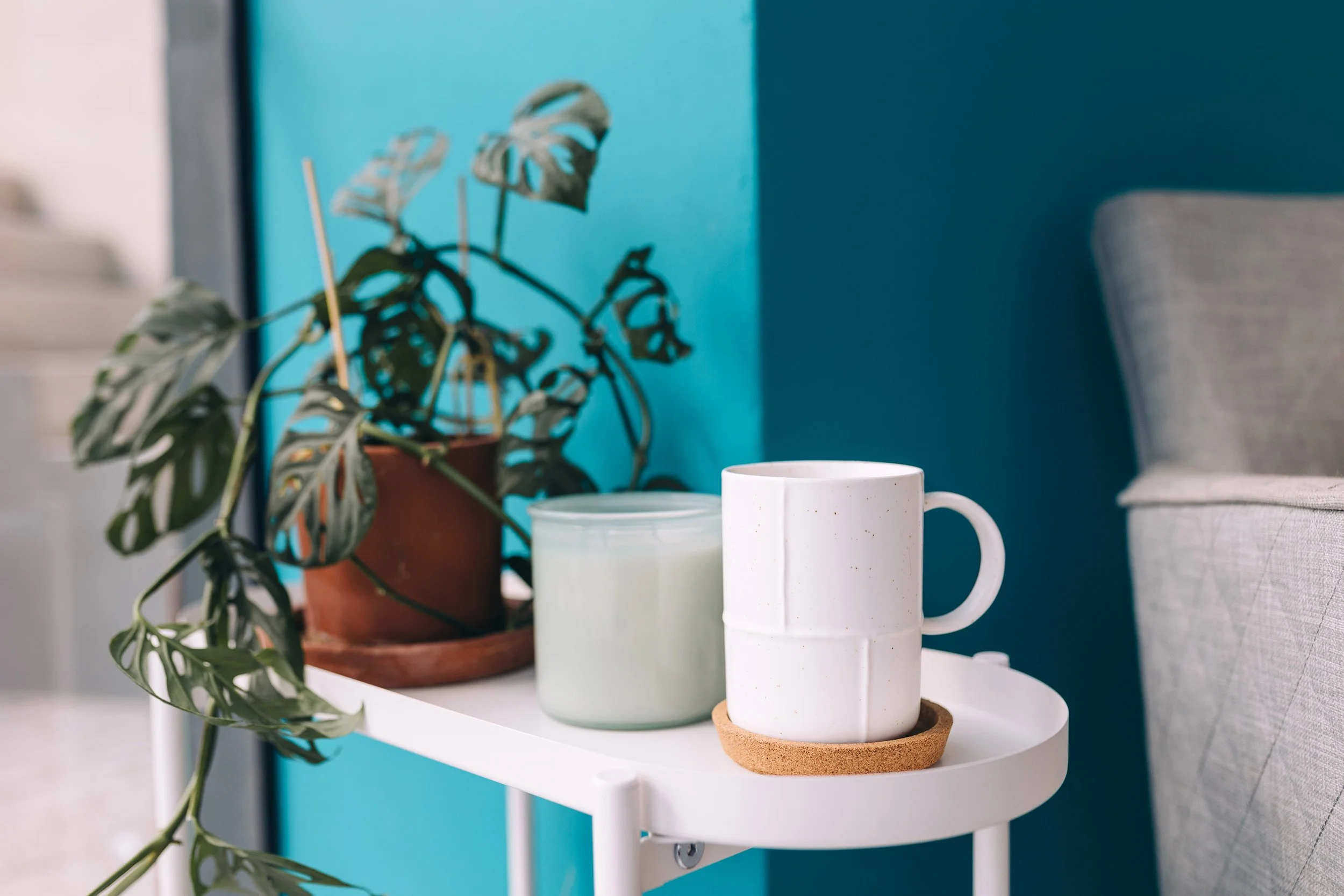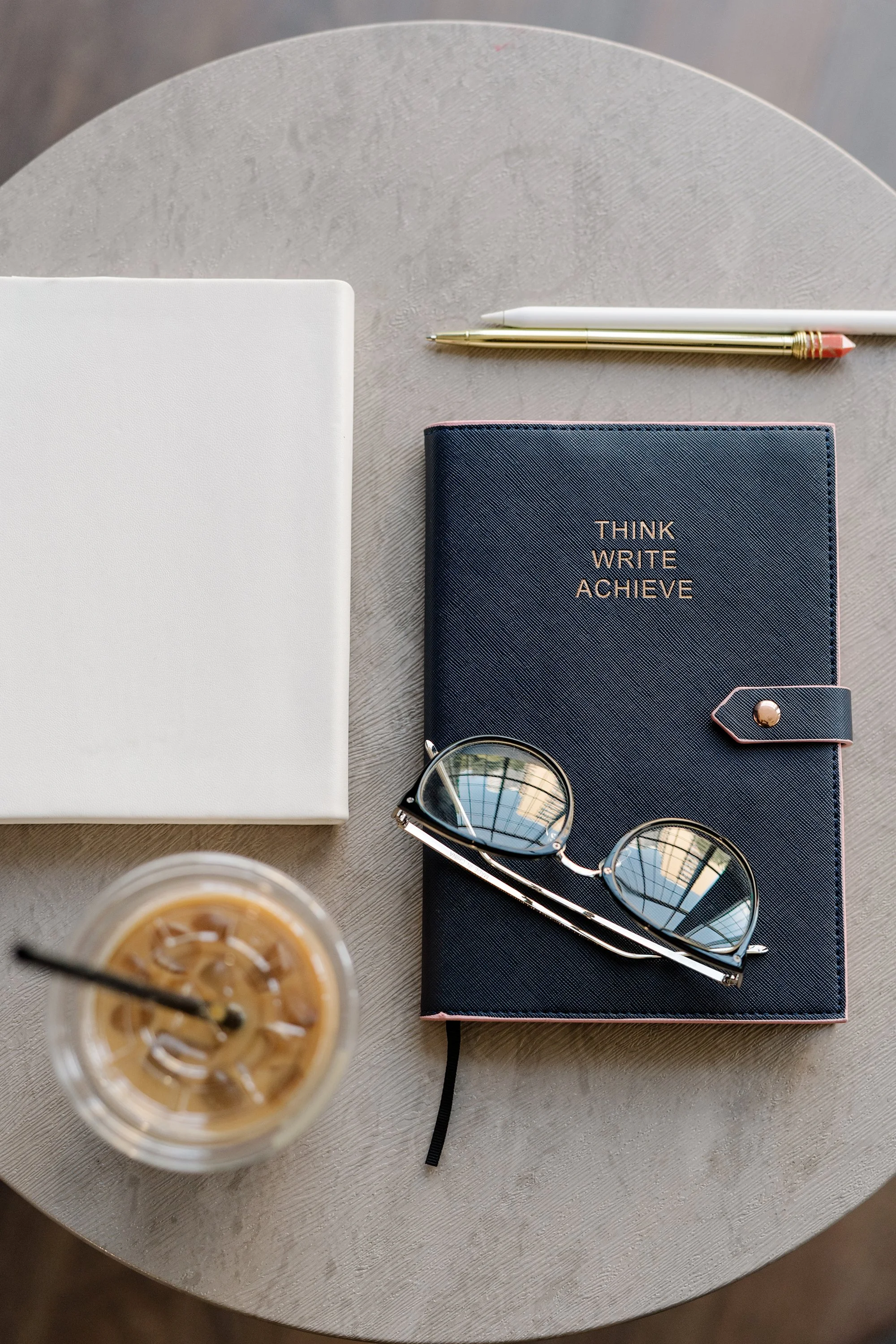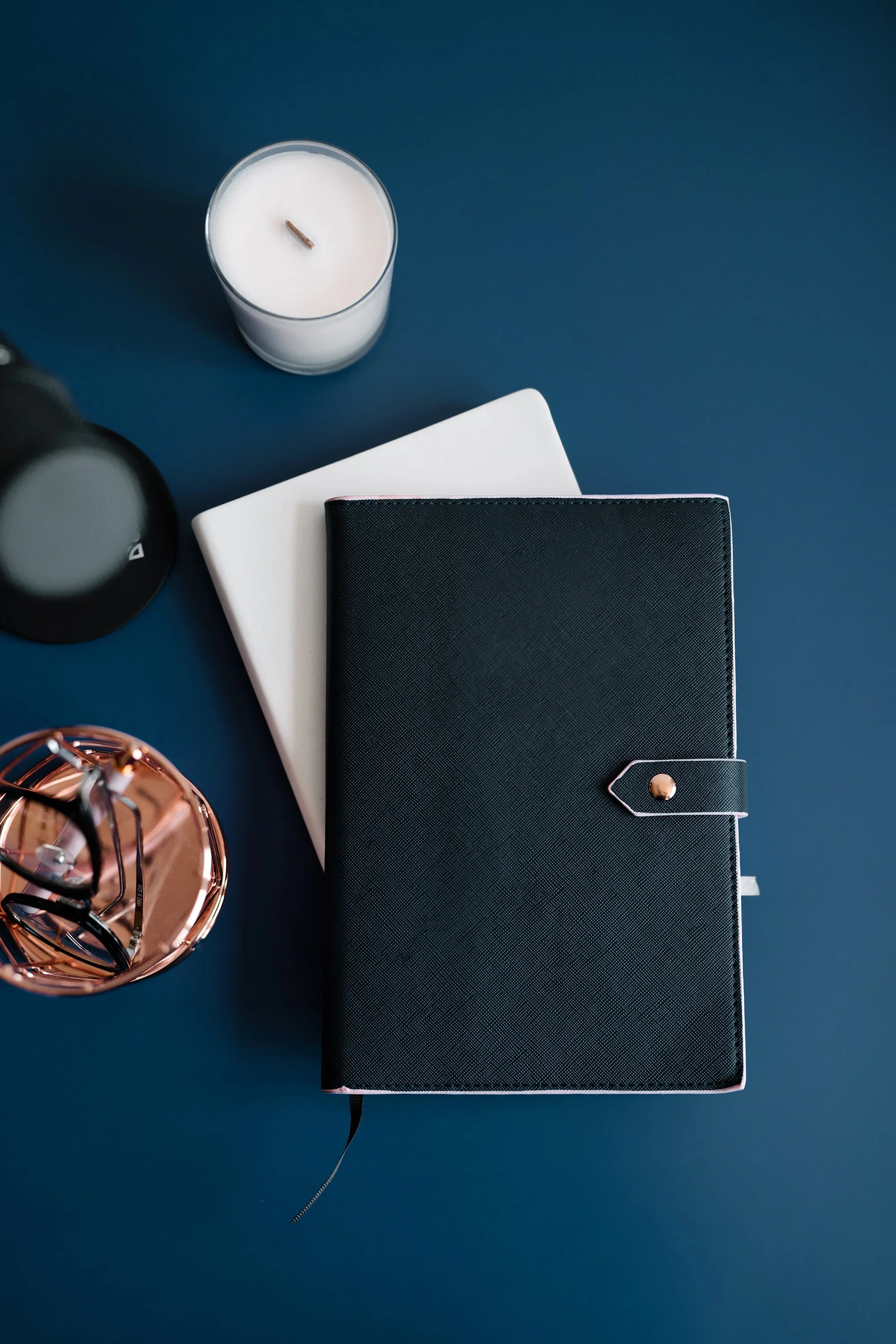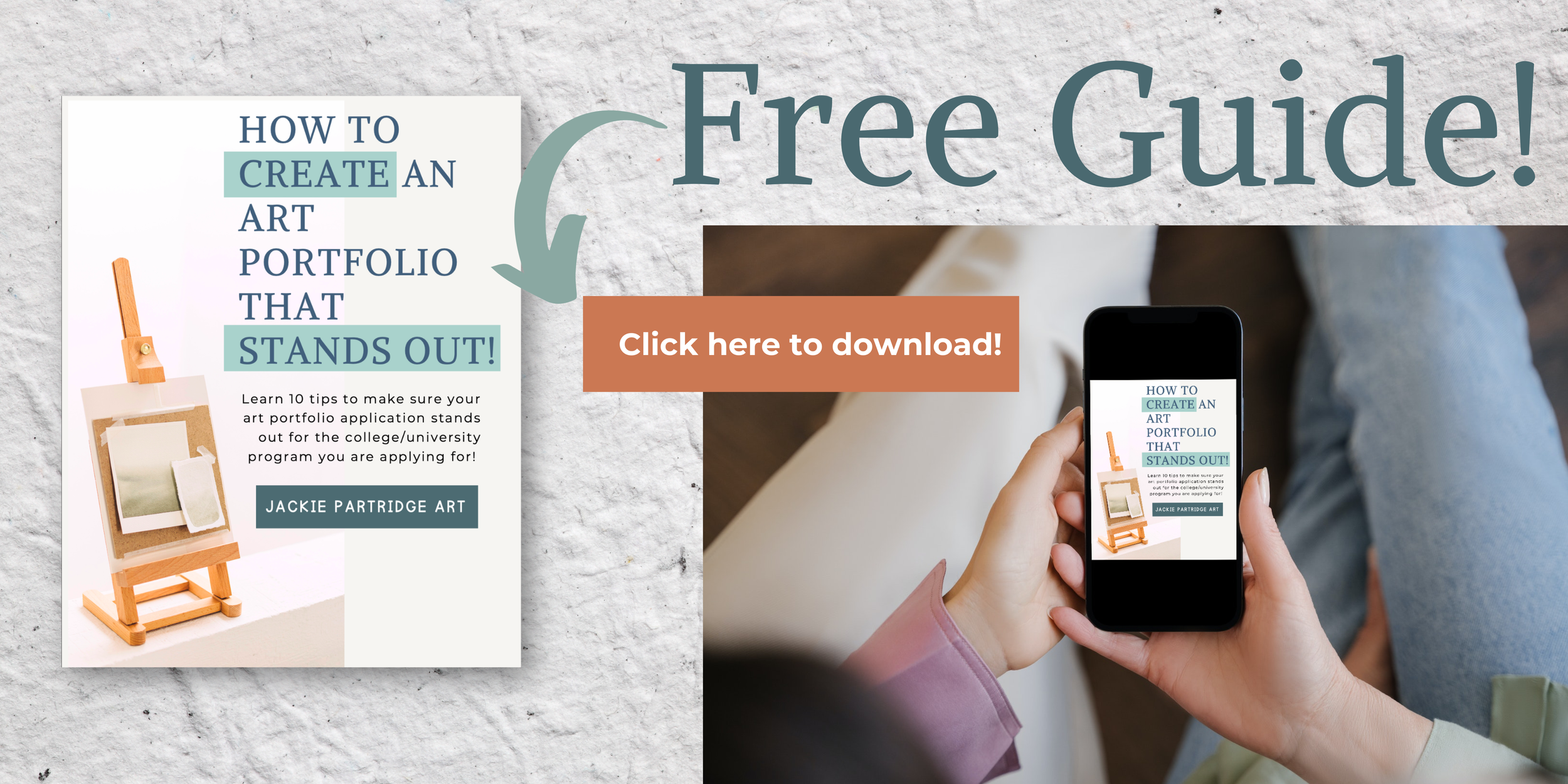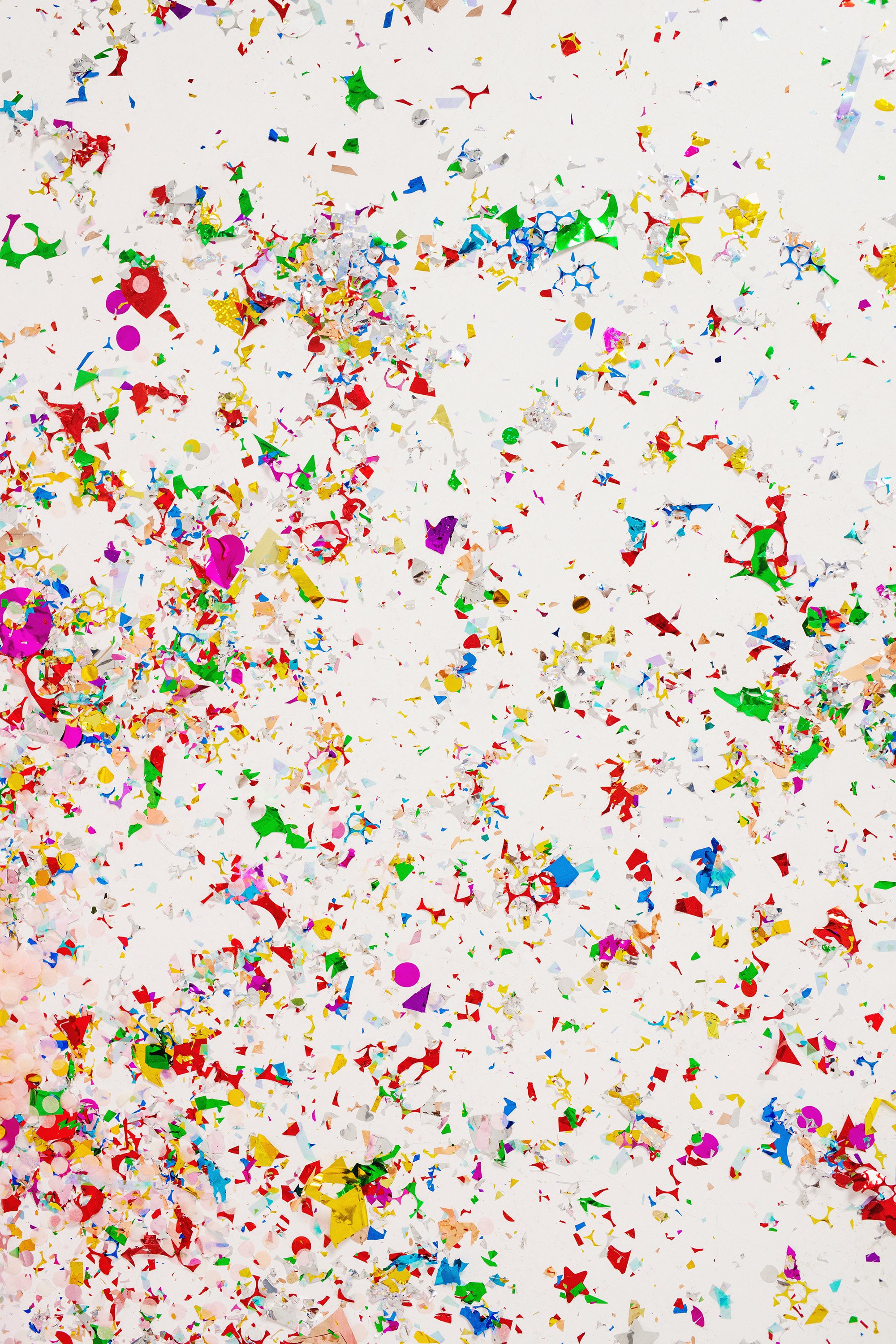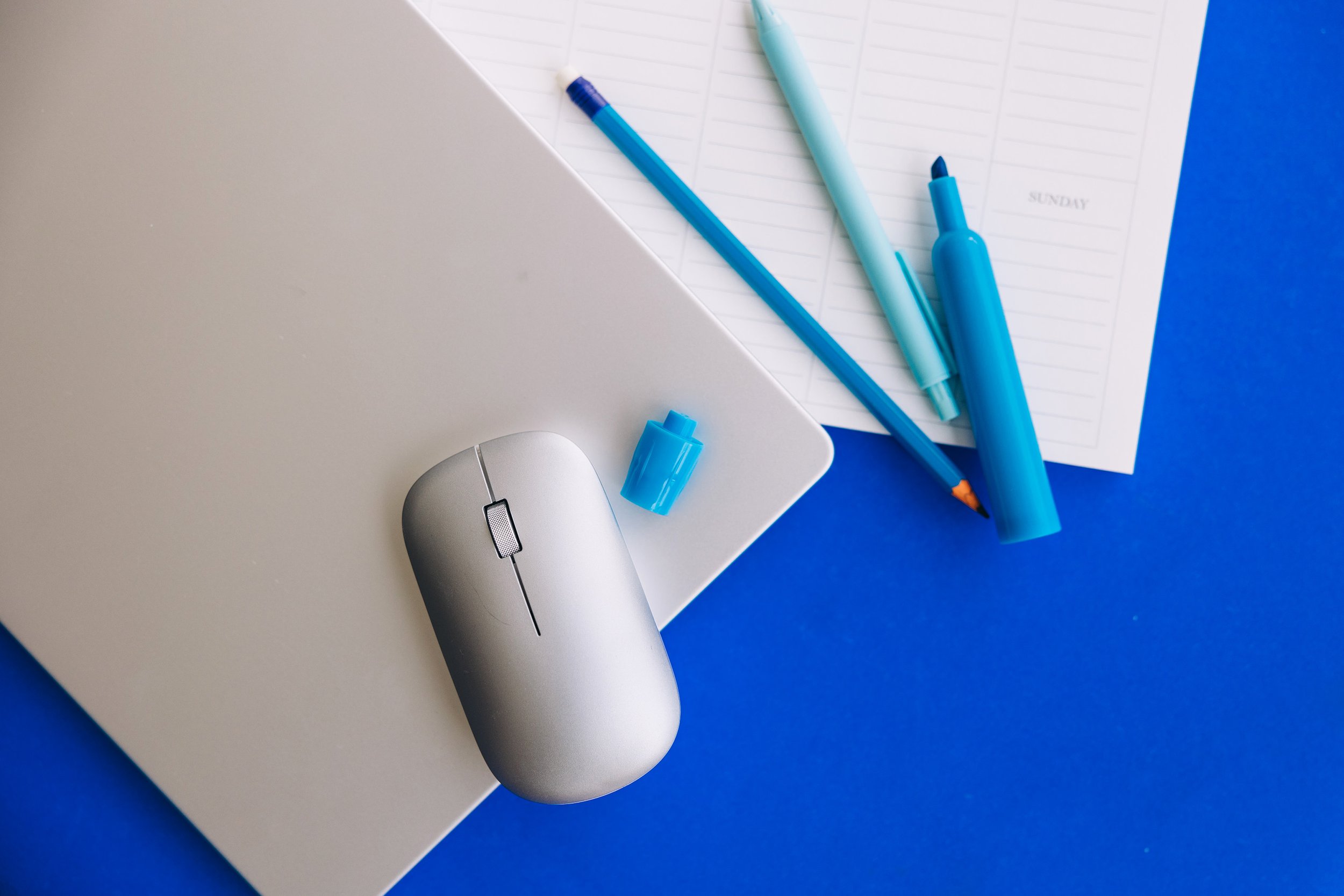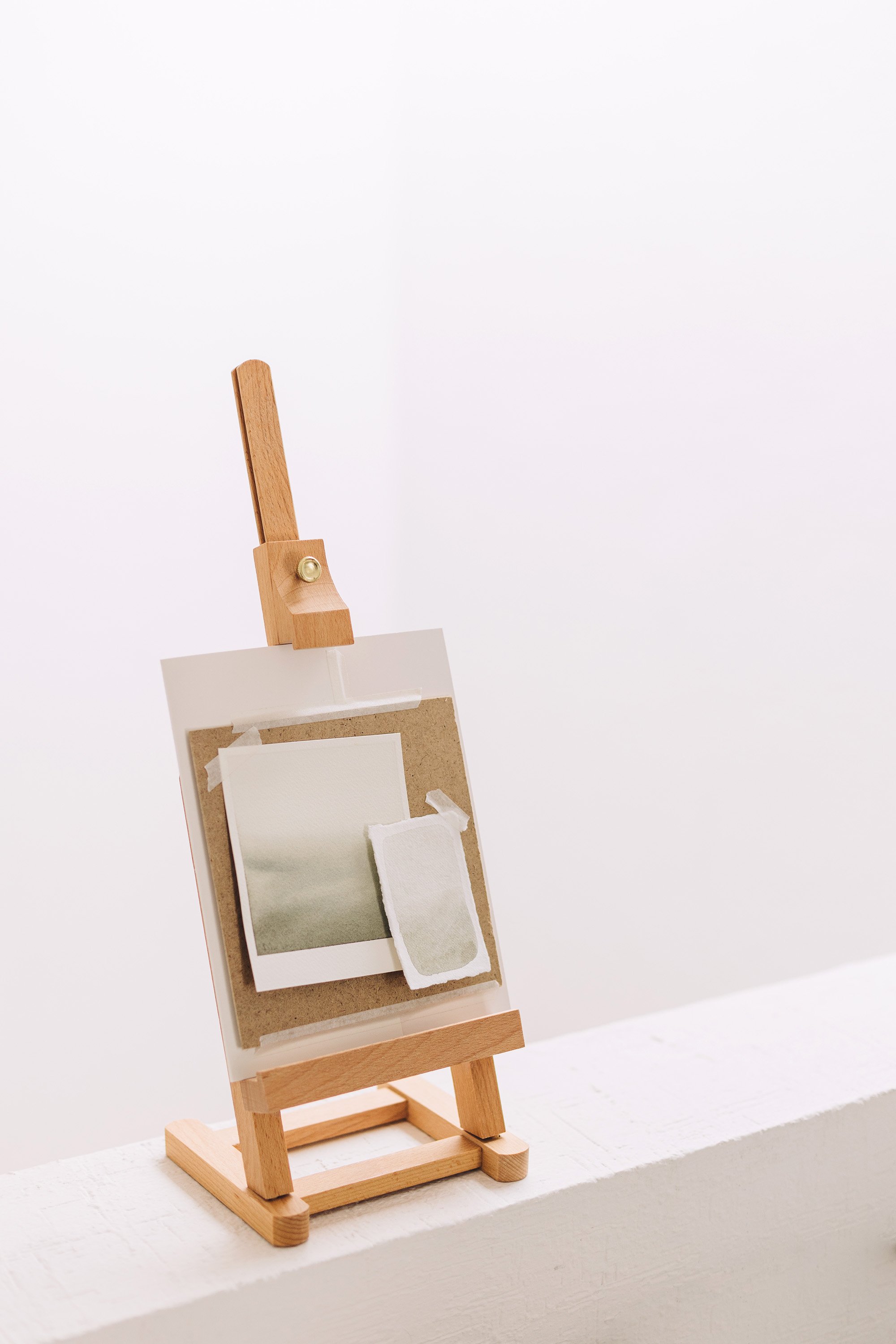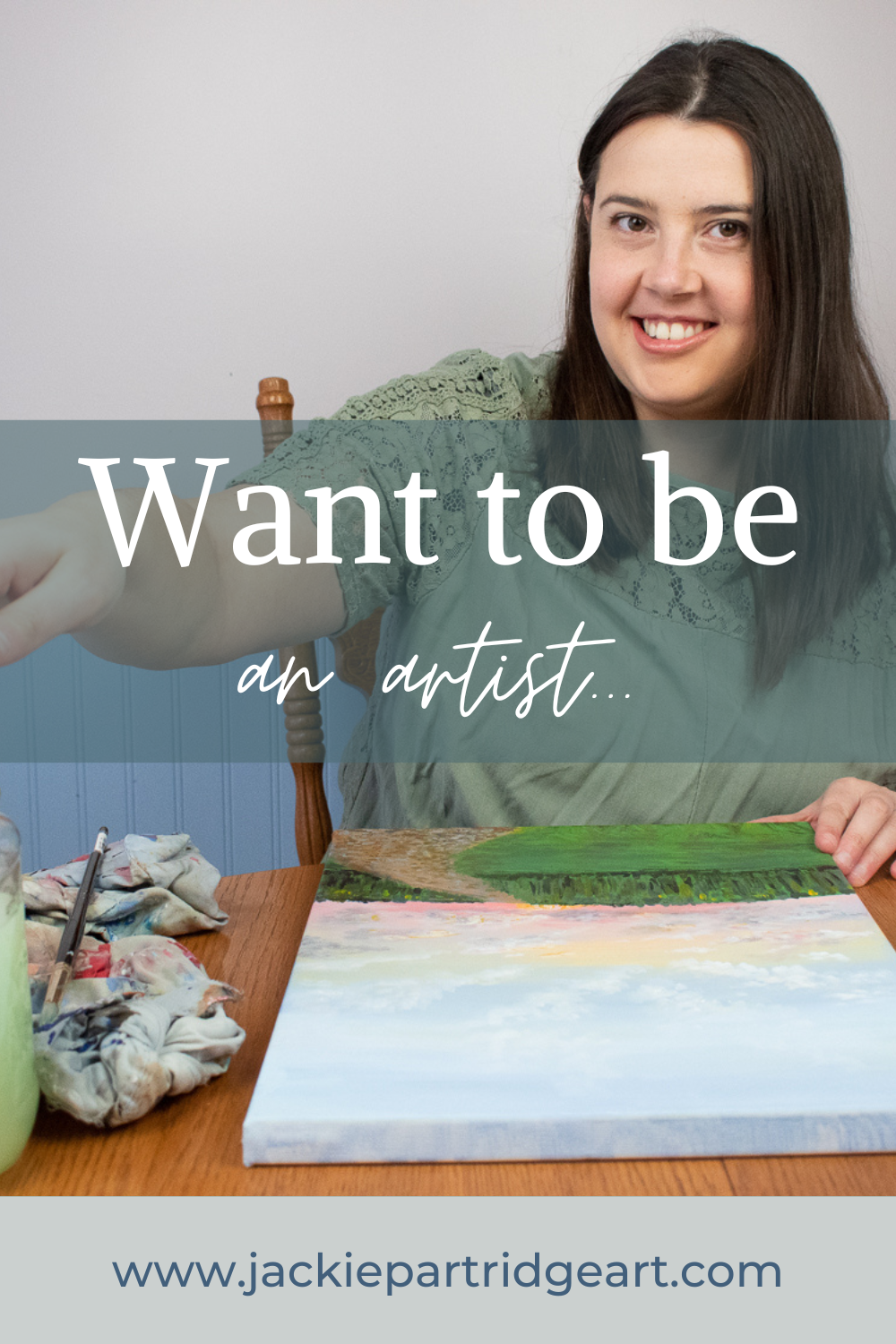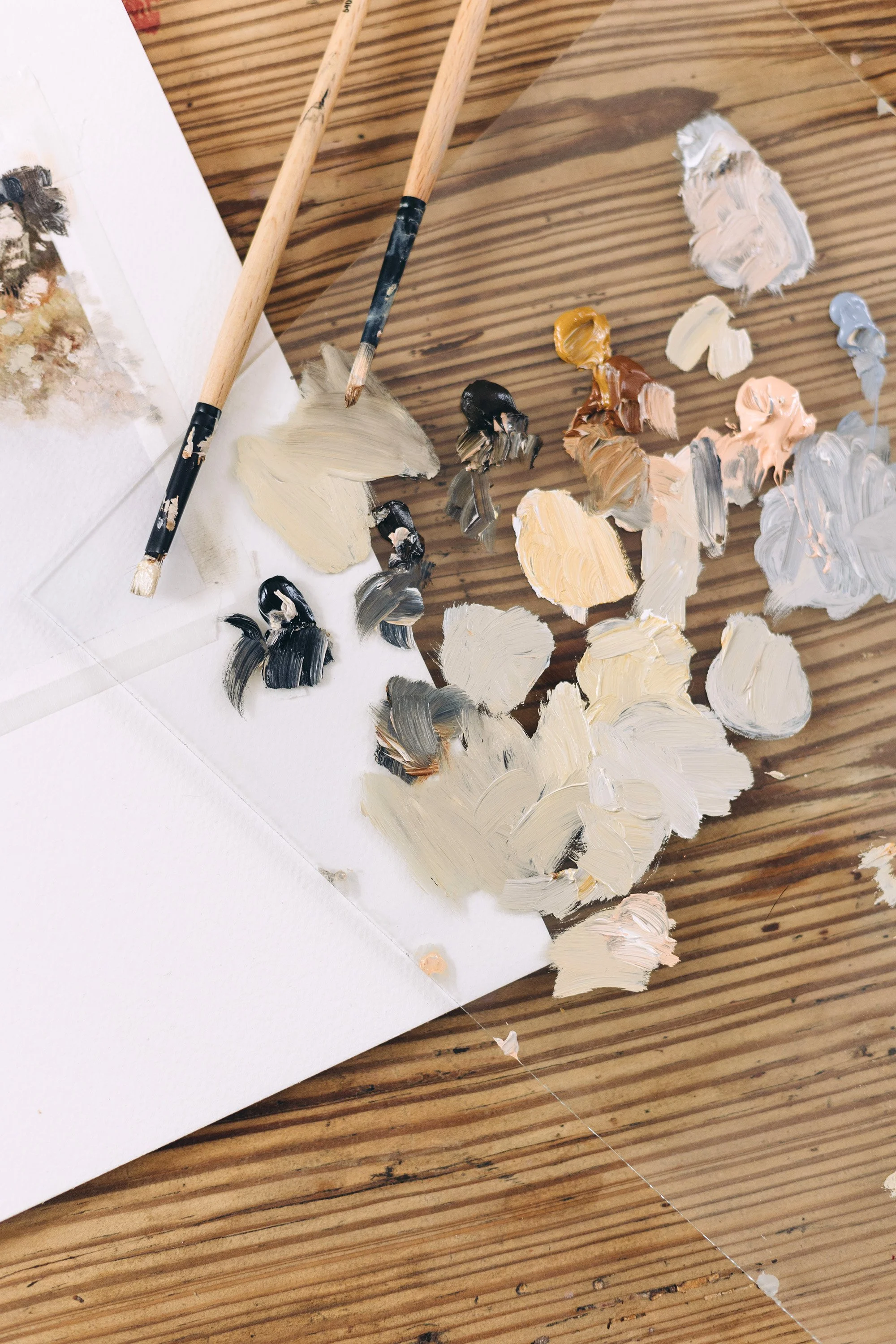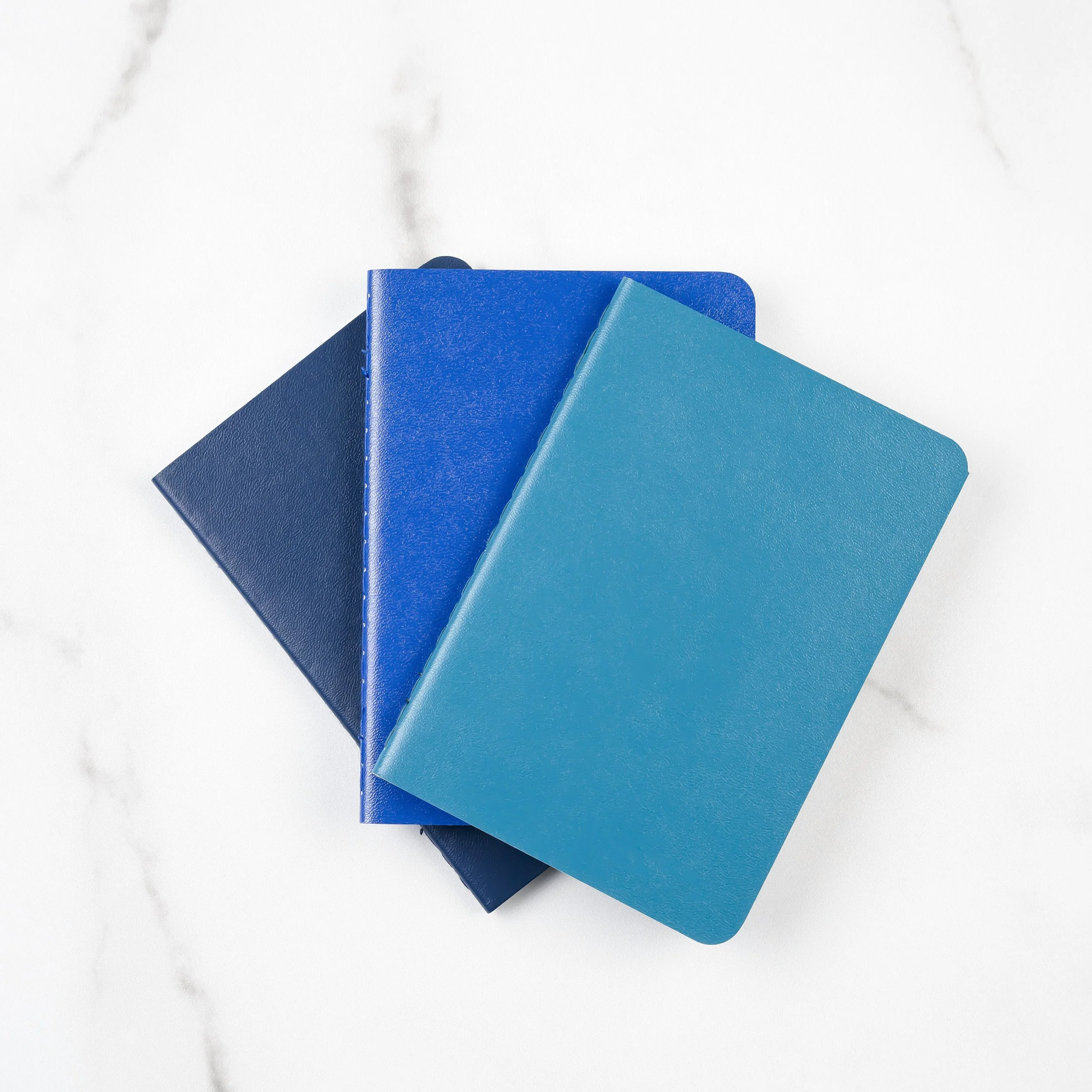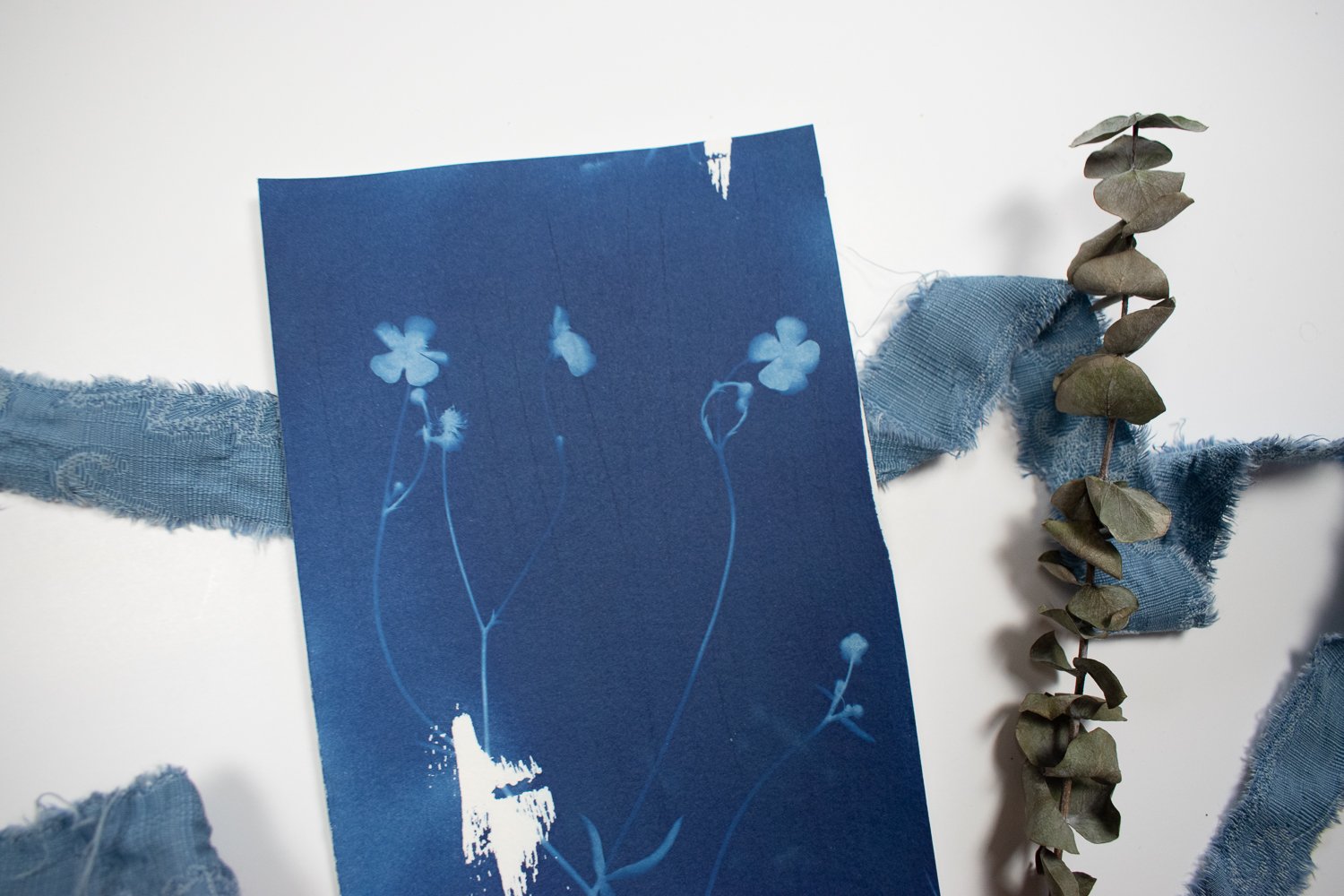I want to share the biggest difference between BFA and an MFA. As an artist who attended both a BFA and MFA program for Fine Arts I want to share some of the differences and similarities between both of the programs. Learn the biggest difference between BFA and an MFA by reading more below!
The Biggest Difference Between a BFA and an MFA Program
The biggest difference between a BFA and an MFA is the level of independence you have as a student. In both programs as you move throughout the years from a first year student to a senior in your final year there is more independence. This level of independence is to prepare you for the “real world.” So, that you can be successful in whatever path you choose as an artist- whether it be having exhibitions, applying to grants, teaching at a college or workshops, working at an art gallery etc.
With an MFA program in particular, you apply knowing you have a plan in place. In many MFA applications you create a letter of intent stating what you intend to do while in the MFA program. In your letter of intent you might explain what you plan on researching, what techniques you want to try, what installation methods you want to try and what your goals are for taking the program. What type of artist do you want to be? What do you hope to get out of the MFA program?
If you are needing help writing your letter of intent you can check out my one on one coaching and I am happy to review your letter of intent in an hour or half hour coaching session.
Click the button below to book a coaching session with me!
Download 10 FREE Tips for creating an art portfolio that stands out!
Other Differences Between BFA and MFA programs:
Readings
An MFA program is usually more research focused. There are more papers you need to write as a student and more required and suggested readings. Required readings are assigned by a professor in a class - often you are graded on participation and a written response in relation to the assigned reading.
Suggested readings are given to you by your professor or a visiting lecturer as a reading you should look into that will help you develop as an artist. The suggested readings might be based on a technique you use, an artist working in a similar style or medium (either a contemporary artist or an artist from history), or based on the subject matter you are making art about. These readings might get suggested to you during a critique or while meeting with your professor.
Both types of reading are valuable and help you really develop the way you talk and write about your work.
You can read more about my MFA time at Concordia University by clicking here.
You can read more about my BFA time at Lakehead University by clicking here.
Projects
In a BFA program, especially the first three years there are a lot of different types of projects. While the projects get more open ended as you progress through your BFA they do start specific. The reason for this is to encourage you to experiment and push yourself and your art. The professors want to challenge you and to help you figure out what art you want to make and why you want to make it. Why does it matter? What does your art communicate?
In an MFA there are little to no guided projects. You are in charge of managing your time and creating what you want to work on. That’s why having a clear letter of intent and clear goals are so important in an MFA.
Due Dates
In a BFA program there are clear due dates, there are more check ins and in progress critiques. In an MFA there are still deadlines but you need stronger time management skills to be able to manage deadlines. There is less feedback of work in progress as you are often working on art at home or in your studio. There is little to no class time to work on your art in an MFA whereas in a BFA you have some class time so professors can give you timely feedback.
These are some of the biggest differences between a BFA and MFA program. Let me know in the comments if you have any questions about these programs.
Click the button below if you would like help with your art portfolio application to a BFA or MFA program!
Join the waitlist below for my NEW art portfolio course for high school students applying to a college or university art program!












